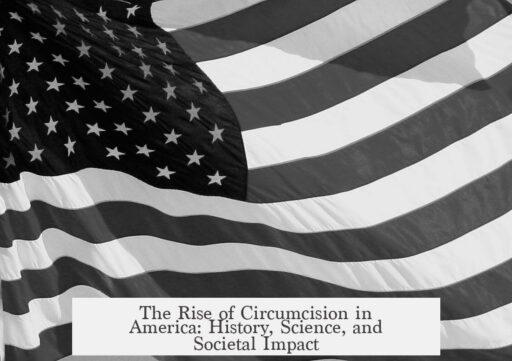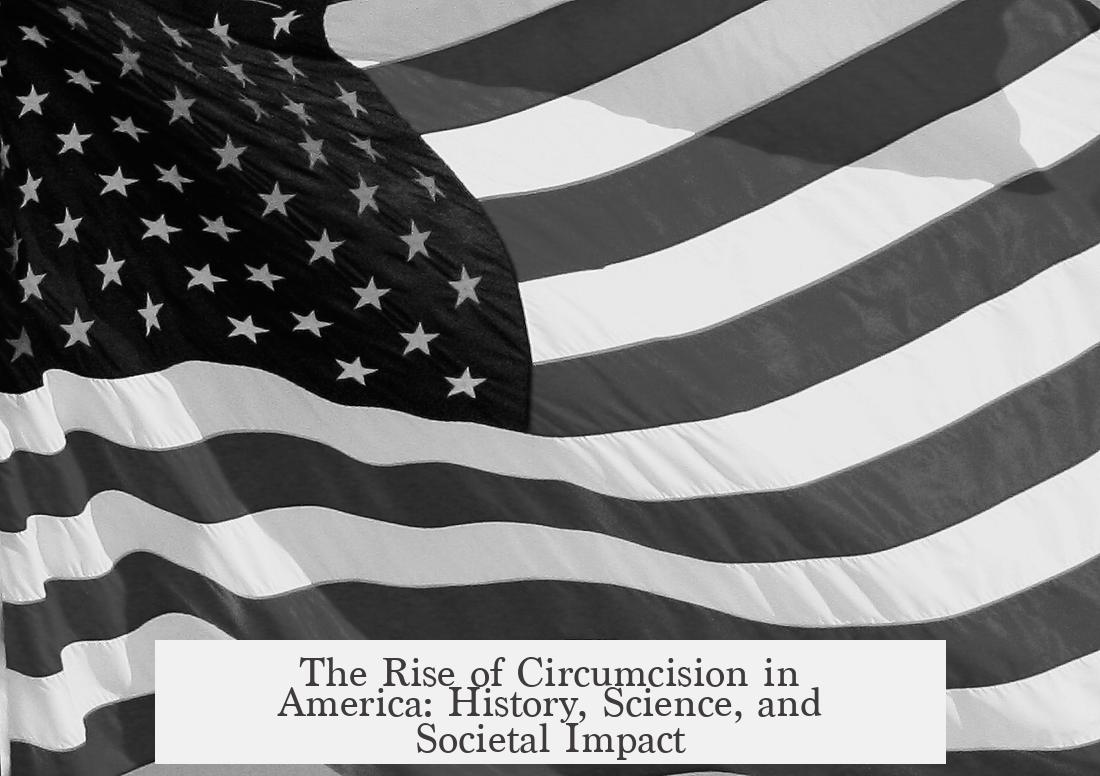Circumcision is common in the USA due to a mix of historical religious beliefs, 19th-century medical influences, and ongoing scientific evidence supporting health benefits.
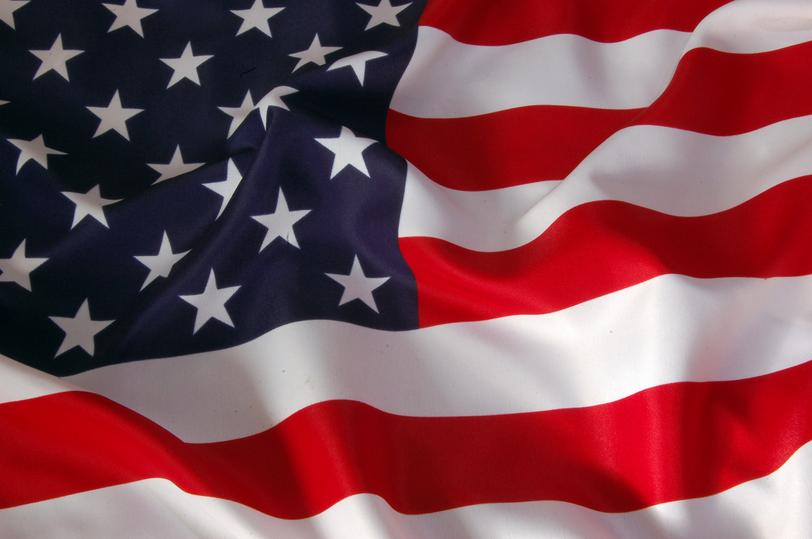
The practice gained prominence in the 1800s among Christian revivalist groups. These groups reinterpreted scriptures to reintroduce Jewish customs, including circumcision. It was viewed as a way to curb male masturbation, which was then considered harmful.
In the mid-1800s, medical research also played a role. English physician Jonathan Hutchinson published findings linking circumcision with lower rates of venereal diseases among Jewish populations. His ideas became influential in Western medicine and promoted circumcision as a preventive health measure.
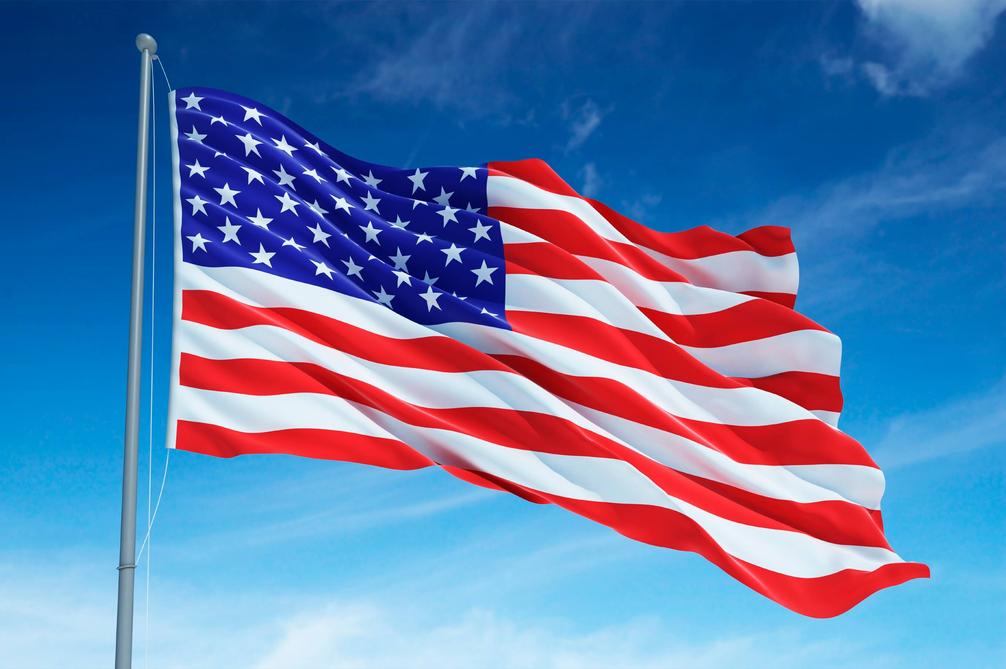
Contrary to popular belief, Dr. John Harvey Kellogg did not originate circumcision as a medical practice. He supported it under the belief that reducing male sexual drive improved health, aligning with existing religious and social values.
The practice continued even after antibiotics like penicillin reduced the need for such measures. Its persistence was reinforced during the AIDS epidemic. Research from the mid-1980s onward showed circumcision reduces heterosexually acquired HIV infection risks. This led to international efforts by organizations like the World Health Organization promoting circumcision to curb HIV spread.
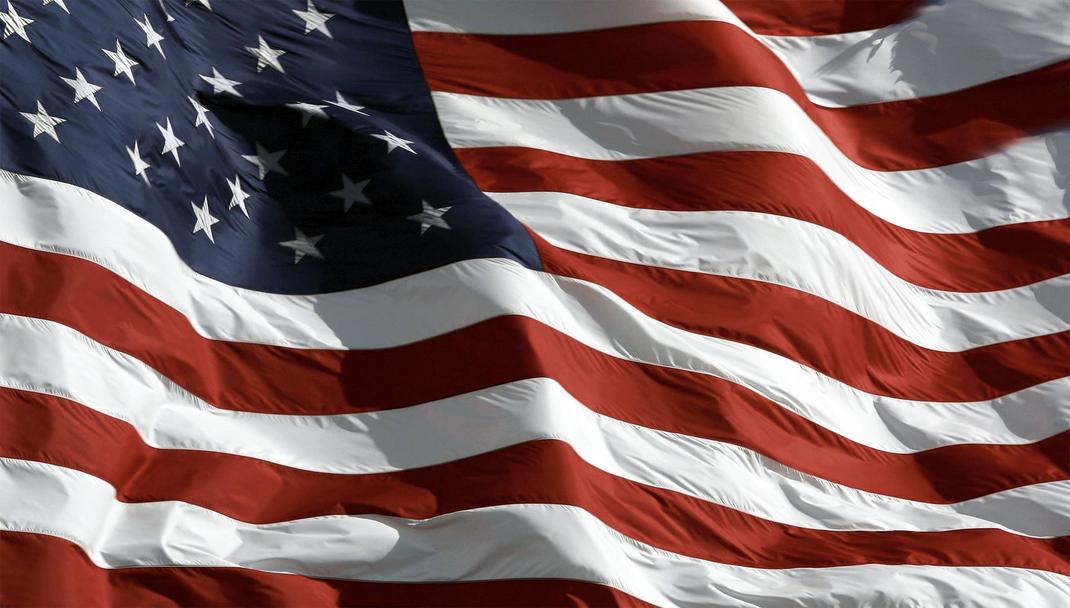
Modern studies have confirmed circumcision’s role in preventing some sexually transmitted infections (STIs). Multiple peer-reviewed research projects support the health benefits, influencing continued acceptance in the US.
- Originated from 19th-century religious movements aiming to reduce masturbation
- Medical endorsements began with studies linking circumcision to lower venereal disease rates
- Persistence due to cultural and health beliefs despite antibiotics
- Renewed emphasis during AIDS crisis, supported by global health organizations
- Ongoing scientific studies support infection reduction, reinforcing practice
Why is Circumcision So Common in the USA?

Circumcision is common in the USA due to a unique blend of religious reinterpretations, influential 19th-century medical research, and ongoing health considerations reinforced by modern science. That’s the short answer. But let’s dive into the story behind why this practice still thrives in America.
Curious how a centuries-old procedure became the norm for many American newborn boys? It’s a tale of religious shifts, scientific claims, and cultural persistence.

From Ancient Religious Roots to American Revival
The practice of circumcision originally hails from Jewish religious custom. It’s a covenant ritual, passed down for thousands of years, and central to Jewish identity.
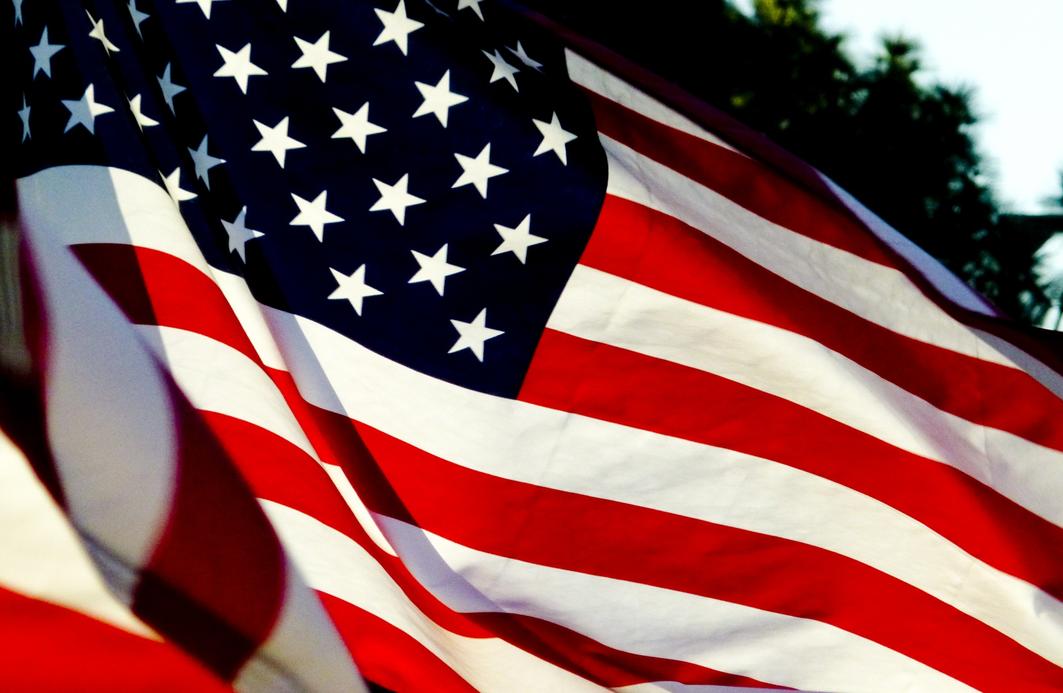
Now here’s a twist: Historically, Christians usually did not embrace circumcision. It was quite rare in Christian Europe for centuries. But things changed in the 1800s.
During that era, a number of Christian Revivalist groups appeared in the USA. These groups had a novel idea—they wanted to bring back some Jewish customs, including circumcision.

Why? They believed circumcision could curb masturbation. At that time, masturbation was considered very unhealthy, and reducing male sexual drive was thought to prevent it. So, circumcision was framed as a kind of moral and health booster.
This religious reinterpretation laid important groundwork for today’s widespread American practice.
Enter Jonathan Hutchinson and the Birth of Medical Support
Religious ideas were one thing, but medical science gave circumcision a different kind of push in the 19th century. In 1855, English physician Jonathan Hutchinson studied Jewish men and noticed they had lower rates of certain venereal diseases, notably syphilis.
Hutchinson linked this to circumcision. His research suggested the procedure helped reduce catching venereal disease. This was a big deal! A respected doctor saying circumcision had practical health benefits gave the practice credibility beyond religious circles.
He was renowned in Western medicine, so his conclusions carried a lot of weight.
The Kellogg Misunderstanding: Myth vs. Reality
There is a popular myth that Dr. John Harvey Kellogg, the Battle Creek Sanitarium guy, was the original force behind popularizing circumcision as a medical practice in America.
But this is misleading. Kellogg was actually an infant when Hutchinson published his research. Kellogg’s medical role was more complicated and somewhat limited.
Kellogg, heavily influenced by his own Seventh Day Adventist upbringing, did endorse circumcision as a sexual restraint tool—again relating to the idea of reducing male libido and preventing masturbation. His sanitarium pushed health regimens linked to his religious beliefs.
Yet, Kellogg’s radical health ideas—like electrotherapy and a strict vegetarian diet—did not become mainstream. His endorsement of circumcision was mostly within a niche religious community.
Why Did Circumcision Persist Throughout the 20th Century?
With the development of antibiotics like penicillin, one might assume circumcision would decline because these drugs could treat infections effectively.
Yet, the practice didn’t disappear in the USA. It stuck around, partly because the cultural and medical momentum was already strong.
Then the AIDS epidemic brought the subject back into the spotlight.
AIDS, Modern Science, and the WHO’s Involvement
In 1986, studies started to emerge linking circumcision to lower rates of heterosexual HIV infection. That connection gained traction through the 90s and 2000s with multiple peer-reviewed studies confirming it.
The World Health Organization saw this as a low-cost way to help reduce HIV spread in hard-hit parts of the world. Their campaigns encouraged circumcision in countries facing HIV crises.
So the argument for circumcision shifted and expanded—from religious or moral grounds to clear public health benefits.
Concrete Benefits and Scientific Evidence
Today, circumcision remains common in the USA because of solid research backing its health benefits. Multiple studies show it helps prevent transmission of certain sexually transmitted infections, including syphilis, HPV, and HIV.
This scientific backing provides a practical rationale alongside the religious and cultural history.
What Does This Mean for Parents and Society?
Wondering whether to circumcise your newborn? It helps to understand these layers of history and health.
- The practice is rooted in a mix of religious tradition and cultural history unique to America.
- Medical endorsements, starting with Hutchinson, gave it initial health credibility.
- Modern research strengthens the case for health benefits, especially around preventing infections.
- Still, the decision is personal and cultural norms vary widely globally.
So yes, circumcision is common in America because religious reinterpretation introduced the practice into Christian culture, medical research boosted its reputation in the 19th century, and ongoing scientific studies reinforced its health benefits. It’s not just old beliefs or myths—there’s a continuing blend of factors keeping the practice alive.
A Brief Recap Table
| Factor | Description |
|---|---|
| Religious Reinterpretation (1800s) | Christian Revivalists adopt Jewish practice to curb masturbation and promote morality. |
| Jonathan Hutchinson’s Research | Linking circumcision to lower venereal diseases, establishing medical credibility. |
| Kellogg’s Limited Role | Endorsed circumcision within a religious sanitarium setting, but not mainstream medical practice. |
| Persistence Despite Antibiotics | Circumcision remains common even after penicillin reduced infection threats. |
| Impact of HIV/AIDS Studies | Reaffirmed circumcision’s health benefits, supported by WHO campaigns. |
Final Thoughts: More than Just a Tradition
Is circumcision purely a cultural relic in the USA? Nope. It’s more like a patchwork quilt sewn together by faith, science, and ongoing health concerns.
It’s a reminder that medical practices don’t exist in a vacuum—they reflect history, values, and evolving knowledge.
So next time the topic comes up, you can say with confidence: “Here’s why circumcision is so common in the USA.”
And if you still have questions or personal stories, feel free to share. After all, understanding these layers helps us make informed choices—and maybe even spark some lively dinner conversations.
